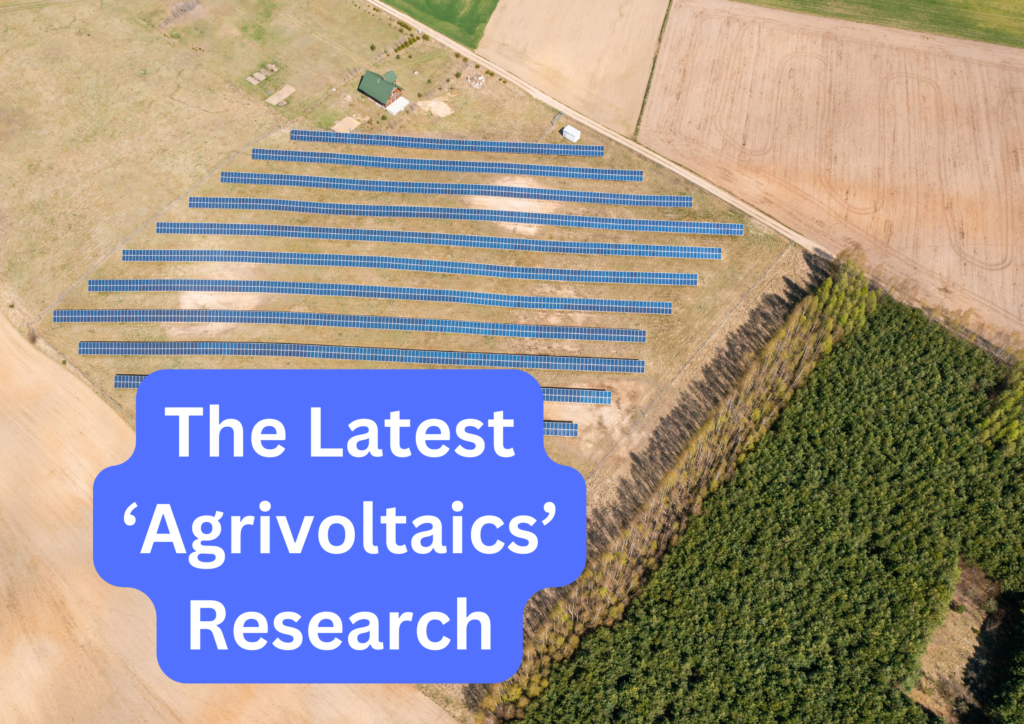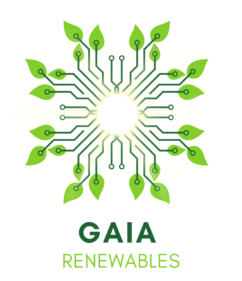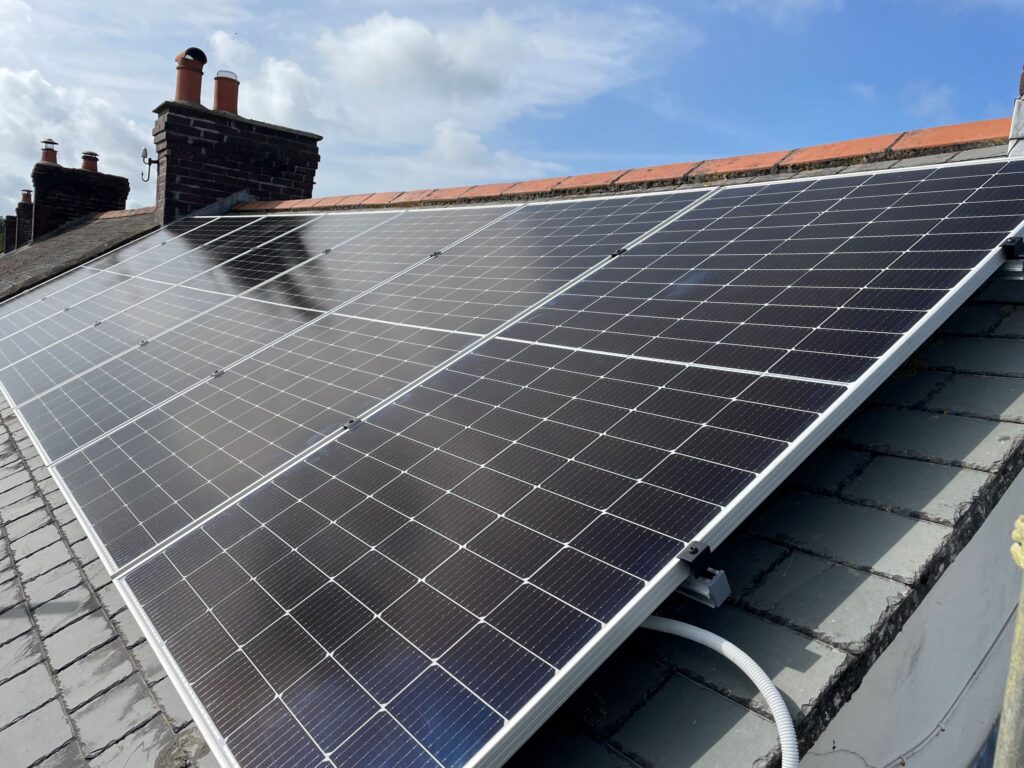
The Latest in 'Agrivoltaics' Research
Exciting new developments in the science of combining renewable solar PV electricity and agriculture.
We have already written about the conflicts, often reported in the media and forwarded by political parties and action groups, between the need for environmentally, financially, and geopolitically sustainable renewable energy and the preservation of a secure domestic food supply. In no situation is this conflict more prevalent than the conversion of agricultural land to solar farms. Indeed, in this article we discussed the incredibly exciting ways that solar PV and agriculture can be combined, and it turns out we are not the only ones thinking about this.
The European Commission has highlighted how utilising just 1% of agricultural land could yield 944GW of electricity (completely surpassing generation targets). So the combination of this electricity generation with effective agricultural to build a robust food supply is an incredibly exciting prospect for governments and policymakers. Thus we are seeing an increase in the incentives for agrivoltaics implementation. The future of solar farms is clearly tied to agrivoltaics so understanding the latest research might offer a glimpse into the world of tomorrow.
One of the key innovations in effectively combining agriculture with solar PV is the use of vertical PV installations. There are numerous developments across the world in this sphere from a 43.45kW installation at a vineyard in California, to an 8.3kW system at a rice processing facility in Japan. There is a reason why here at Gaia Renewables we have already discussed vertical PV and its enormous benefits both in terms of agricultural production and incorporation on green rooves.
However, before we get ahead of ourselves there is a lot more research needed. Combinations of raised solar PV farms and the rearing of livestock has been tested in multiple scenarios with research conducted , for example, in the Animal Biometeorology Laboratory of Sao Paolo State University showing that sheep and lambs raised with an area of solar PV shade spent considerable time in the shade, raising their welfare, whilst providing a financially viable source of electricity. Yet, the effects of solar PV and crop cultivation needs more research.
Follow our facebook page to be kept up to date with the latest from Gaia Re-news-ables or get in touch to find out how you could implement solar agrivoltaics on your property.


